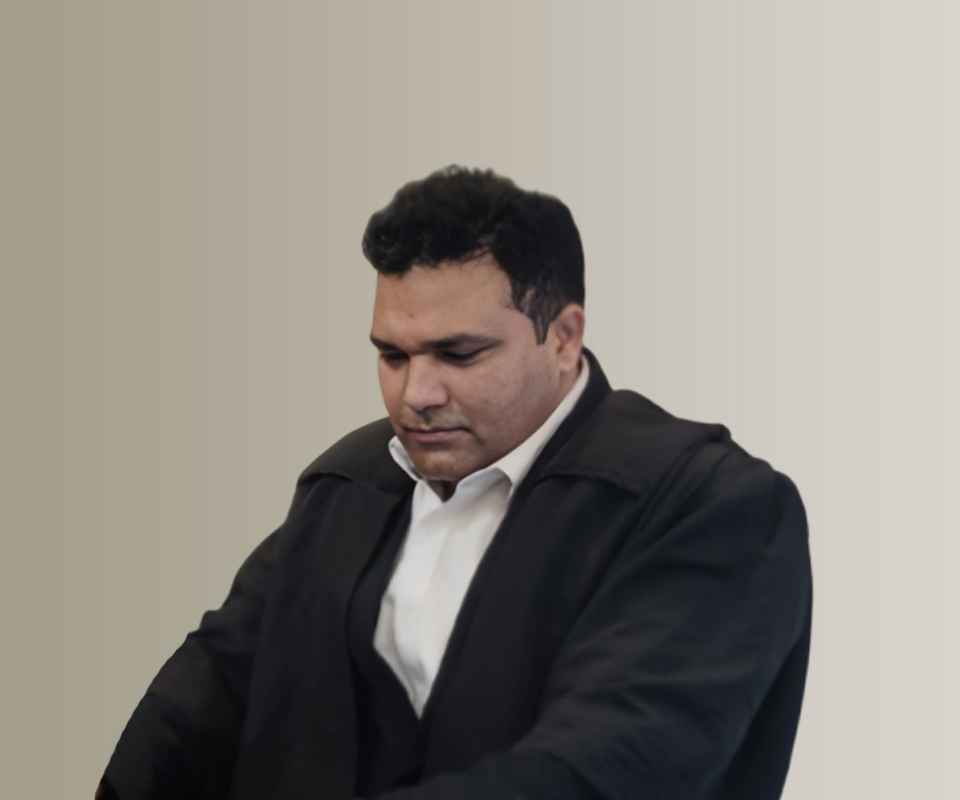Answer By law4u team
In workers' compensation, temporary disability benefits and permanent disability benefits are two distinct categories of benefits available to employees who suffer injuries while working. The key difference lies in the duration of the disability and the impact on the worker’s ability to return to their normal duties. Understanding the differences between these two types of benefits helps workers know their rights and entitlements.
Difference Between Temporary and Permanent Disability Benefits:
Temporary Disability Benefits:
Definition:
Temporary disability benefits are provided to workers who are injured and unable to work for a temporary period. These benefits are meant to replace a portion of the worker’s wages while they recover from their injury and are expected to return to work once fully healed.
Duration:
The benefits are provided for a limited period, typically until the worker reaches maximum medical improvement (MMI) or recovers enough to return to their job. The duration can vary, but it generally lasts for weeks to months depending on the severity of the injury.
Types:
Temporary Total Disability (TTD): If the worker is completely unable to work during the recovery period, they may receive TTD benefits, which replace a significant portion of their wages.
Temporary Partial Disability (TPD): If the worker is able to return to work in a limited capacity (e.g., modified or light duty), they may receive TPD benefits, which cover the difference between their pre-injury wages and their current earnings.
Eligibility:
Workers are eligible for temporary disability benefits if their injury prevents them from working for a short period and they are actively recovering.
Amount of Benefits:
Typically, temporary disability benefits cover a portion of the worker’s regular income (usually around 60-70%), but the exact percentage can vary by jurisdiction.
Permanent Disability Benefits:
Definition:
Permanent disability benefits are provided when a worker’s injury results in a permanent impairment that affects their ability to work. These benefits are awarded when the worker’s condition does not improve or when they can no longer perform their previous job duties, either temporarily or permanently.
Duration:
These benefits are provided indefinitely or for as long as the worker’s disability persists. Unlike temporary disability benefits, which are time-limited, permanent disability benefits are designed to compensate the worker for ongoing limitations caused by their injury.
Types:
Permanent Total Disability (PTD): This occurs when the worker is completely and permanently unable to perform any type of work due to the injury. PTD benefits typically provide long-term wage replacement, and in some cases, they may be permanent.
Permanent Partial Disability (PPD): If the worker has permanent impairment but can still perform some work (although possibly not their previous job), they may be awarded PPD benefits. The amount depends on the severity of the impairment and the worker’s loss of function.
Eligibility:
Permanent disability benefits are awarded once the worker’s condition is determined to be permanent or when the injury causes lasting impairments. This is usually assessed when the worker reaches maximum medical improvement (MMI) and is unlikely to recover further.
Amount of Benefits:
The amount of permanent disability benefits is often determined by the severity of the injury and the extent of the worker’s disability. For permanent total disability, the benefits may be calculated based on the worker’s pre-injury wages and could be paid for the rest of the worker’s life. For permanent partial disability, the benefits are generally lower and are often based on a percentage of the worker’s loss of function.
Key Differences:
Duration of Benefits:
Temporary disability benefits are provided for a limited time until the worker recovers or reaches maximum medical improvement. Permanent disability benefits, however, are provided for as long as the worker’s disability lasts.
Nature of Disability:
Temporary disability applies to workers who are expected to recover and return to work. Permanent disability applies to workers who experience lasting impairments that prevent them from working in their previous capacity, either temporarily or permanently.
Compensation Amount:
Temporary disability benefits are usually a percentage of the worker’s wages, while permanent disability benefits are based on the severity and long-term impact of the injury, with PTD offering more substantial compensation.
Factors Determining Eligibility:
Medical Assessment:
The severity of the injury and the worker's ability to recover are assessed by medical professionals. If the worker’s injury is expected to heal, temporary disability benefits are provided. If the injury causes permanent impairment, permanent disability benefits are awarded.
Maximum Medical Improvement (MMI):
MMI is the point at which the worker’s condition is unlikely to improve with further medical treatment. This is often used to determine when temporary benefits end and when permanent disability benefits may begin.
Work Capacity Evaluation:
The worker’s ability to return to their original job or perform any other type of work is evaluated. If the injury prevents them from doing so permanently, permanent disability benefits may be awarded.
Example:
Scenario:
John, a warehouse worker, injures his back while lifting heavy boxes. Initially, his doctor prescribes rest and physical therapy, and he is unable to work for six weeks.
Temporary Disability:
During the recovery period, John receives Temporary Total Disability (TTD) benefits, which replace 70% of his wages while he is unable to work. After six weeks, John is able to return to his job on a part-time basis but cannot lift heavy objects due to his injury.
Permanent Disability:
After several months, John’s injury results in a permanent impairment to his back. He can no longer lift heavy items or perform physical tasks without pain, limiting his ability to work as he did before. After reaching Maximum Medical Improvement (MMI), he is evaluated and awarded Permanent Partial Disability (PPD) benefits, which compensate him for the permanent loss of function in his back. The benefits are based on the severity of his impairment and the long-term effects on his ability to work.
Conclusion:
Temporary and permanent disability benefits are two different types of workers' compensation benefits that cater to different circumstances. Temporary disability benefits help workers who are temporarily unable to work due to an injury, providing income replacement until they recover. Permanent disability benefits, on the other hand, are for workers whose injury causes lasting impairment that limits their ability to work and may continue indefinitely. The eligibility for each type of benefit depends on the severity of the injury, the worker’s ability to recover, and medical assessments of the worker’s condition.







